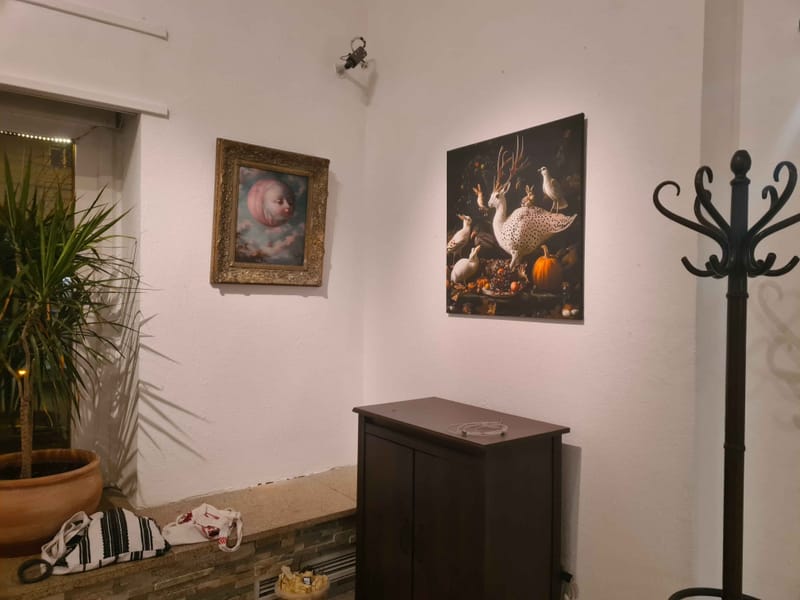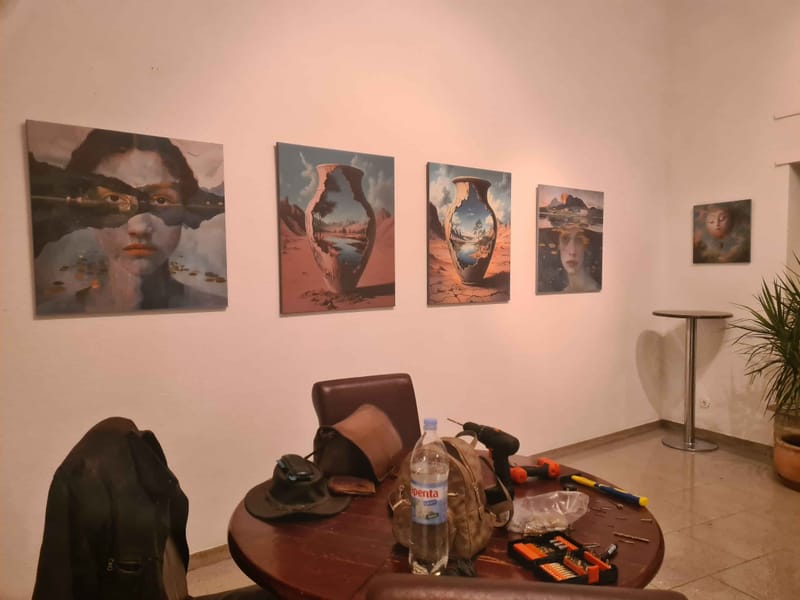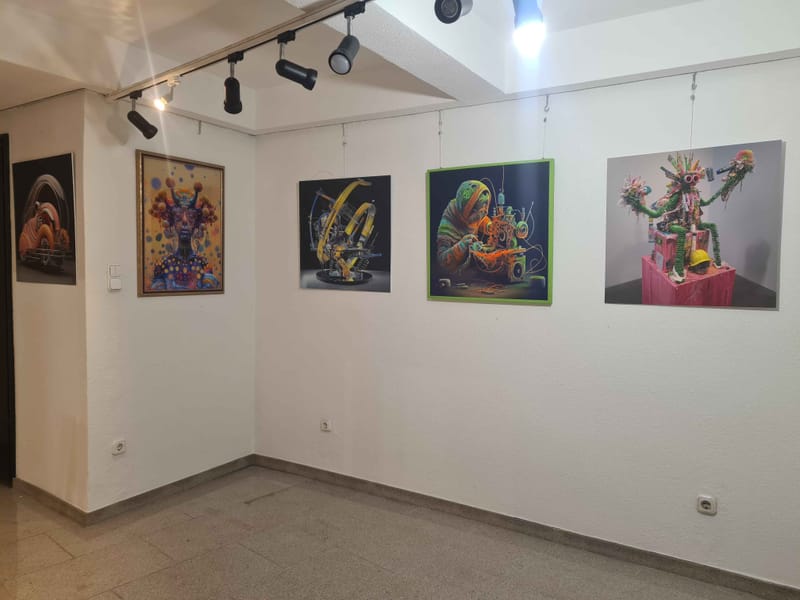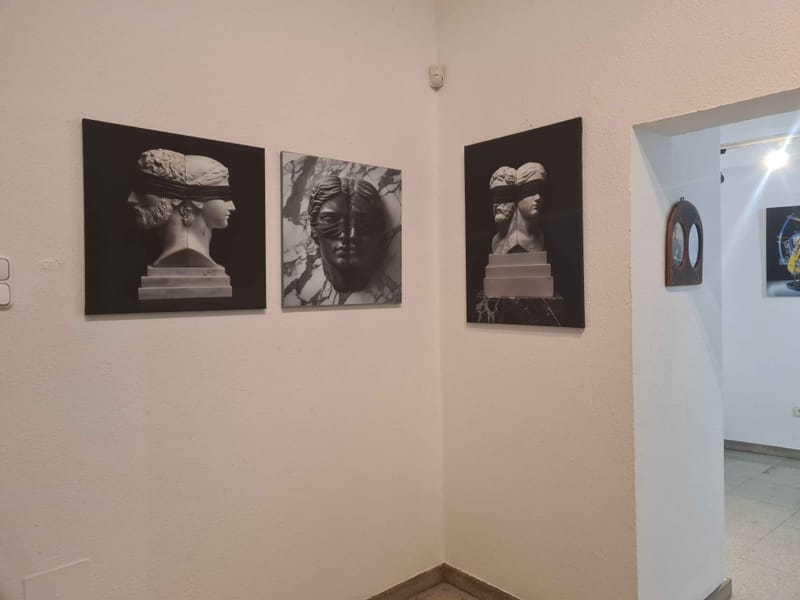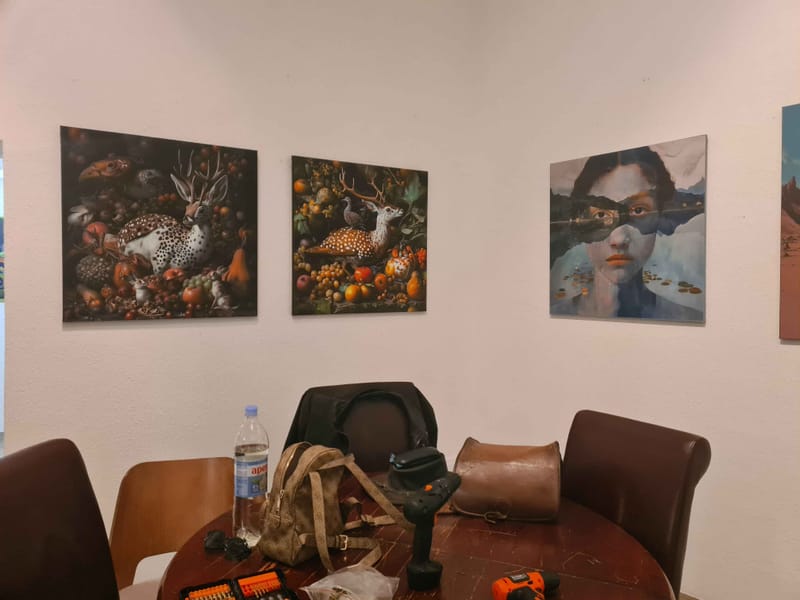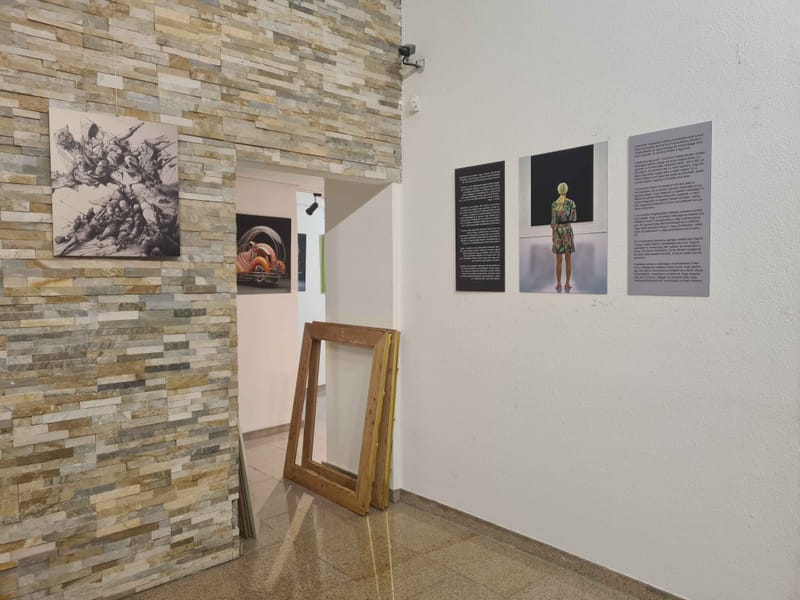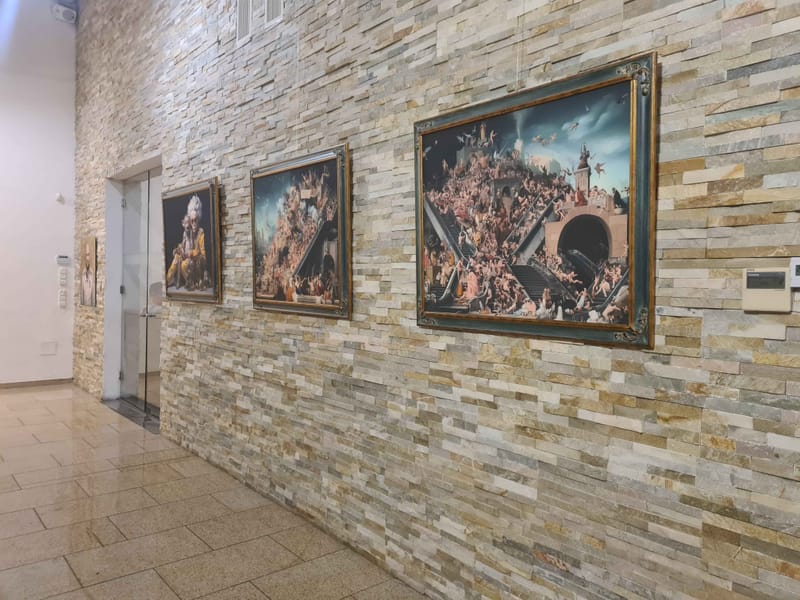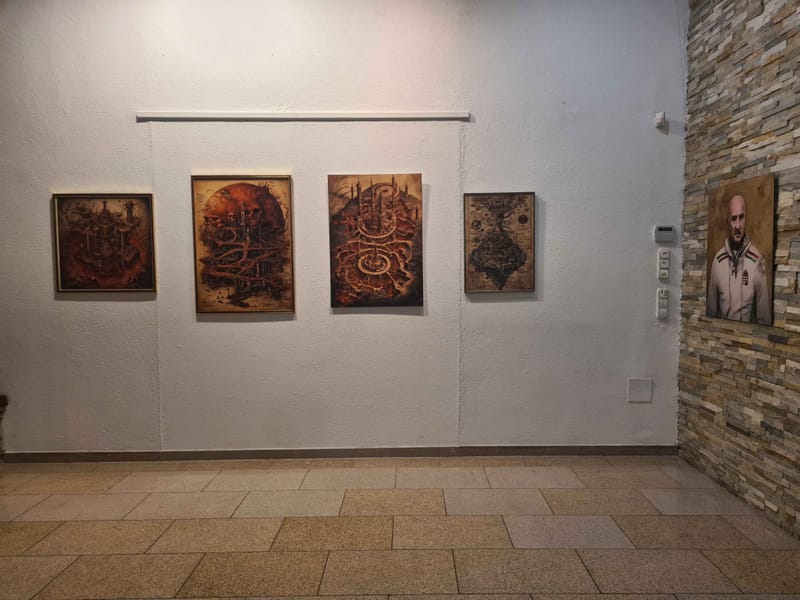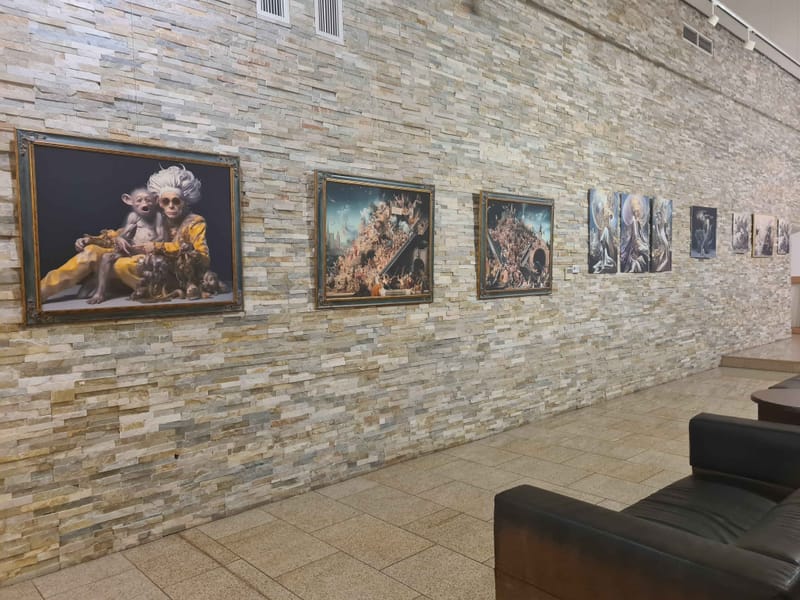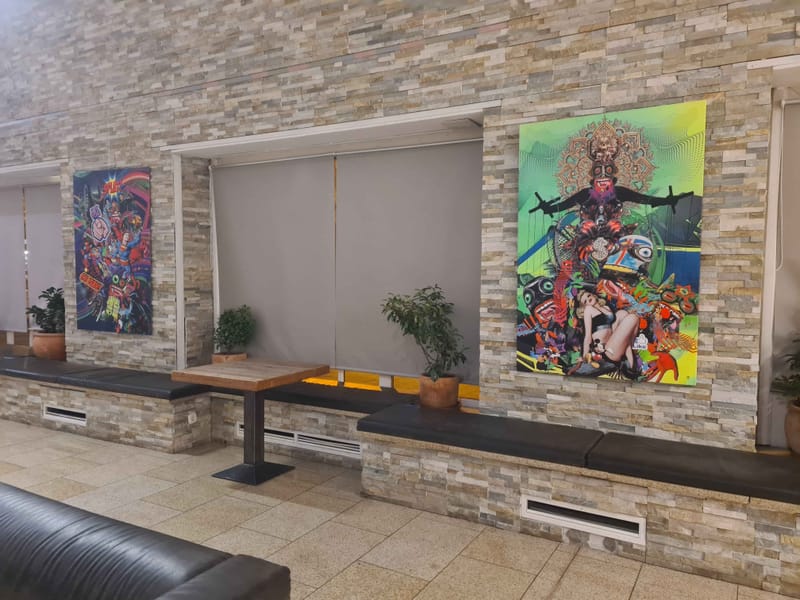PROFETA GALLERY EXHIBITION
04/01/2025
PROFÉTA GALLERY Press release
The Prophet's Gallery presents an exciting new exhibition entitled Artificial Intelligence and the New Creativity, which explores the relationship between contemporary art and artificial intelligence and the new creative possibilities that this opens up. The works on display will showcase the innovative impact and role of artificial intelligence (AI) in the art world, highlighting its revolutionary impact on the artistic process and new forms of creative expression. The exhibition, which features works by three artists, Ágnes Zászkaliczky, Diabolus (László Ördög) and Naomi Devil (Noémi Ördög), opens on 28 November and is open until 23 December at the Prophet Gallery. The exhibition will focus on the basic functioning and development of artificial intelligence and how it is integrated into the creative process. Visitors will have the opportunity to get a sense of the impact of AI algorithms and technologies that play a fundamental role in creating new forms of art. The exhibition will not only focus on technological innovations, but will also address philosophical, social and artistic questions. The ideas of Alan Turing, the pioneer of artificial intelligence, are also prominent, as he was the first to pose the question of whether machines can think, which he presented in the form of the famous Turing Test. The exhibition takes this question further: can machines be creative, and if so, in what form? The development of AI has dramatically influenced the art world, changing both the process of artistic creation and its reception. In recent years, more and more artists have been using AI to create new types of art forms and media. Algorithms are being used to create visual and musical works that were previously unimaginable. The exhibition will give an insight into how this technology has changed the way art is made, opening up new possibilities in visual arts, music and interactive art forms. Algorithms and the capabilities of artificial intelligence allow artists to express their ideas in new ways, while viewers can experience new interactive experiences. Visual artworks generated by artificial intelligence are a central element of the exhibited works. AI-based image generators, such as Generative Adversarial Networks (GAN) and Diffusion Models, allow artists to create images that rely on a combination of randomness and algorithms. These new technologies are opening up entirely new creative spaces for the visual arts, which are well reflected in the works of the exhibiting artists. The works of Naomi Devil, Ágnes Zászkaliczky and Diabolus (László Ördög) are excellent examples of how contemporary artists are using AI. Their works demonstrate both the role of AI in creating new forms of artistic expression and the reinterpretation of traditional art forms and techniques.
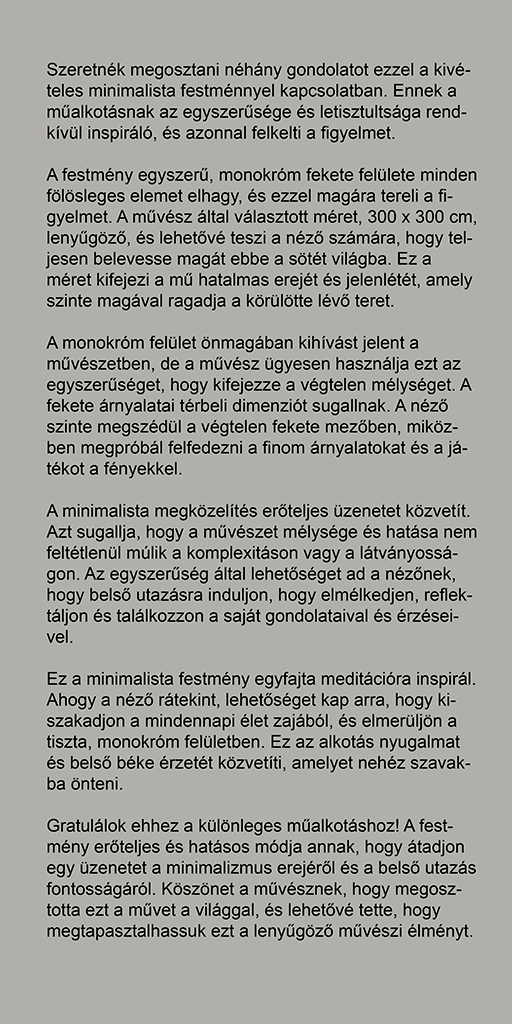
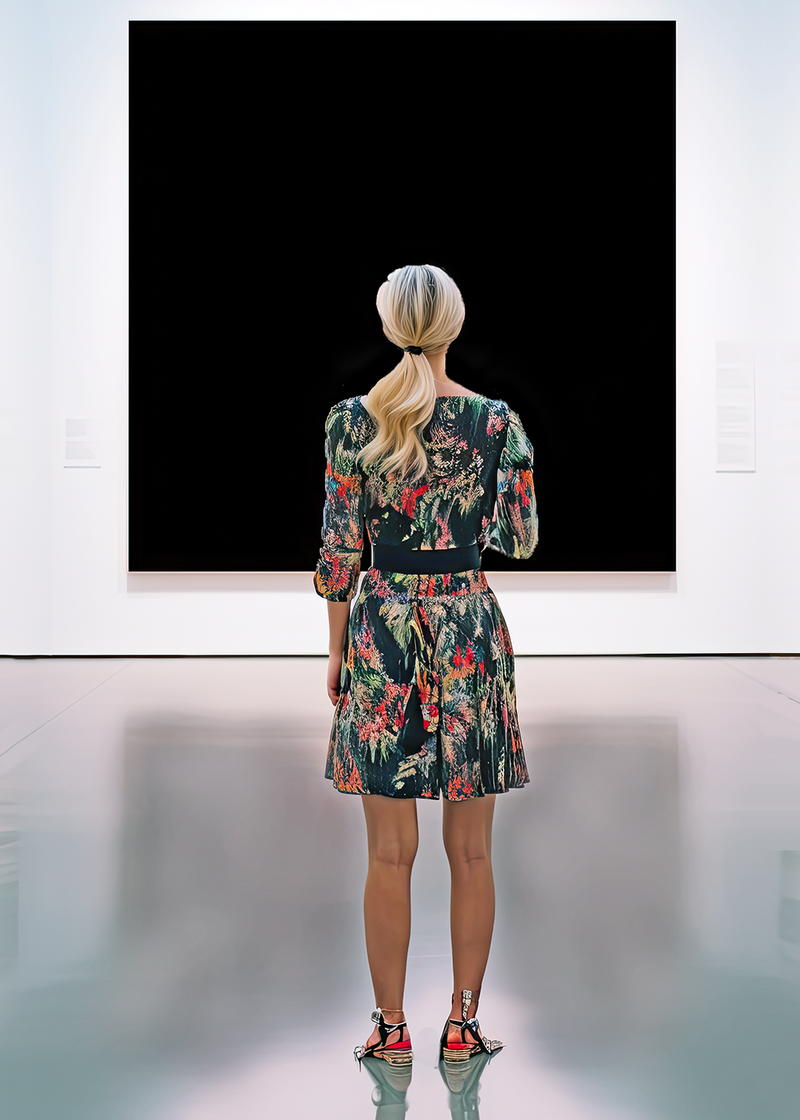
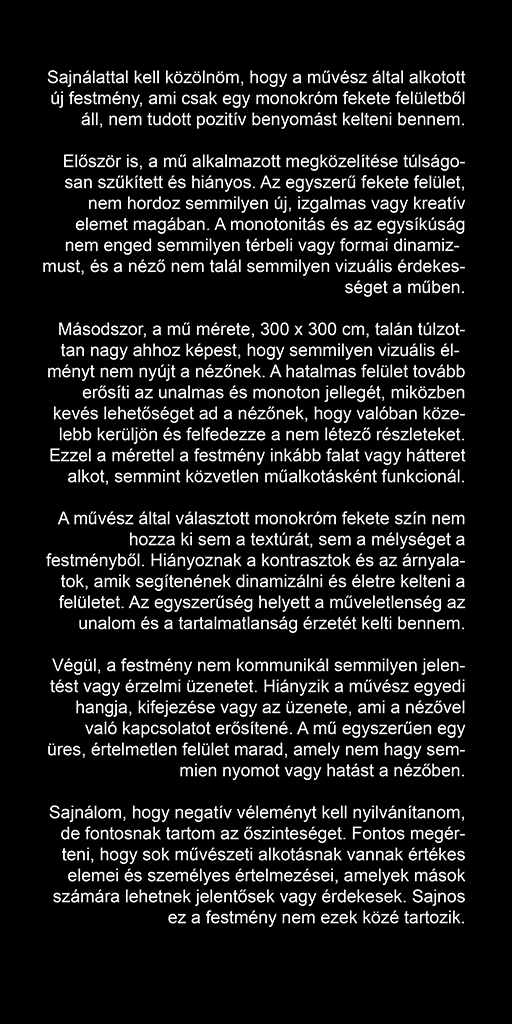
Ágnes Zászkaliczky
Ágnes Zászkaliczky grew up in an artistic family and graduated as an organist from the Mozarteum in Salzburg. Since childhood, music and painting have played an important role in her life. She has exhibited her work in many major cities in Europe and the United States (Budapest, Vienna, Helsinki, Miami and Palm Beach). The focus of his painting is on classical portraits, combined with a dynamic, abstract geometric background. Zászkaliczky's passion for musical themes is clearly reflected in his visual works. Her most ambitious work to date is the now famous Carmina Burana super-production at the Hungarian State Opera House, where she was artistic director and visual designer alongside conductor Tibor Bogányi. For more than 15 years, he has been working to bring classical music to a wider audience through productions enriched with stunning visual elements. In 2021, he won the Best Portrait of the Year Award from NOAPS (National Oil & Acrylic Painters' Society) in the USA. "For Zászkaliczky, every brushstroke is a sound, the interaction between figure and background forming a symphony - together they create a timeless masterpiece where colour, rhythm and emotion resonate in perfect harmony." Art Daily News International Magazine, West Palm Beach, FL (2021)
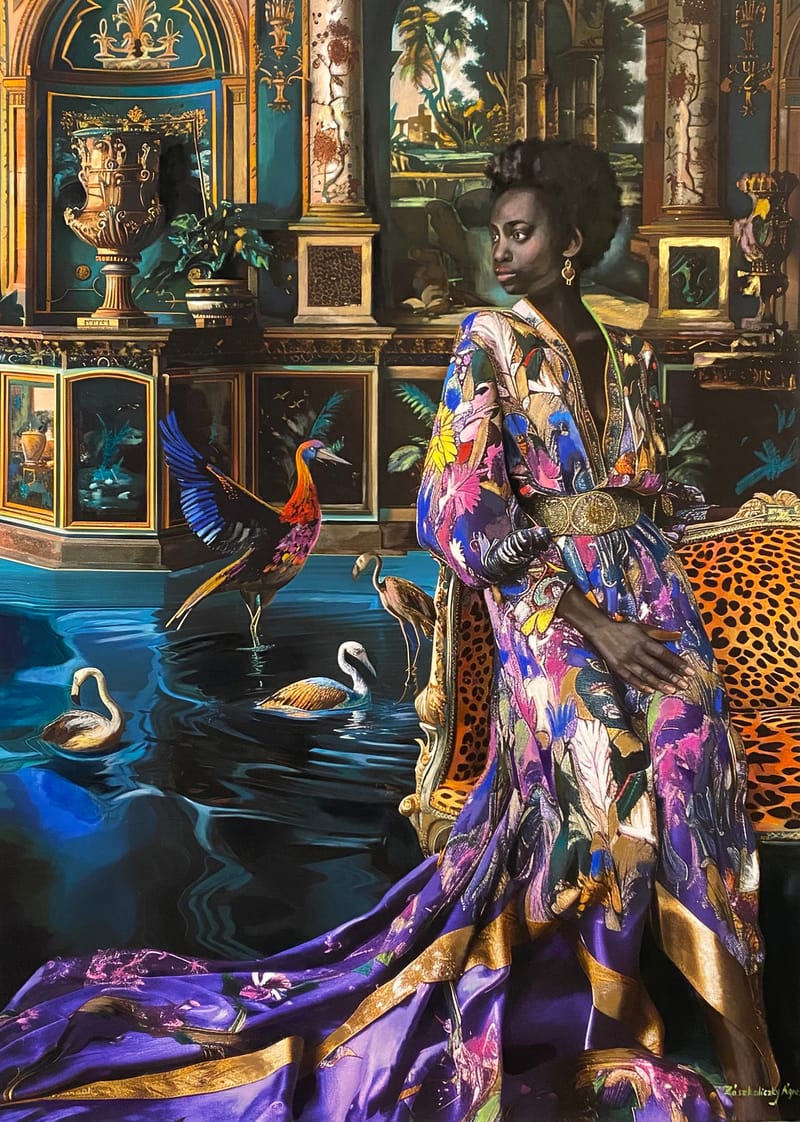
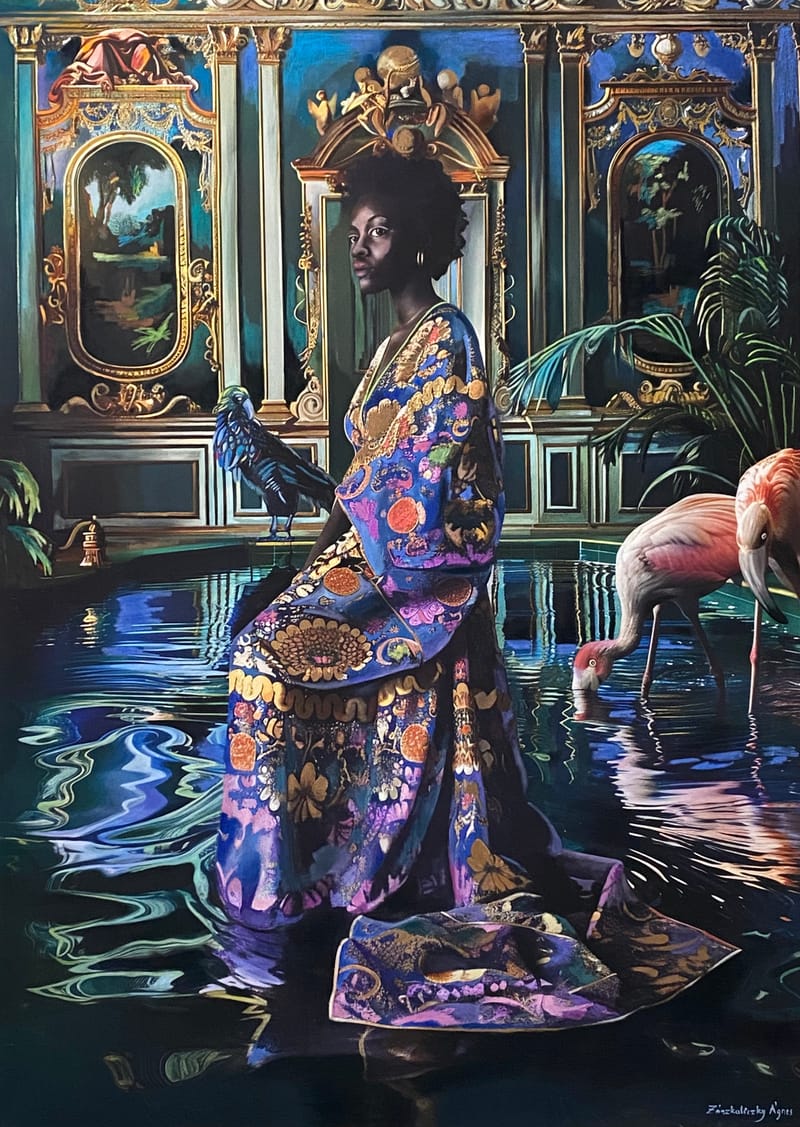
Naomi Devil (Noémi Ördög)
Naomi Devil (Noémi Ördög) studied painting at the Academy of Fine Arts in Vienna from 2004 to 2008 under the professors Adi Rosenblum and Markus Muntean and Elke Krystufek. He graduated with a second degree in Applied Graphic Design from the Vienna University of Applied Arts in 2015 and studied architecture for four years at the Vienna University of Technology. The artist incorporates her skills and experience in design, architecture and fine arts into her painting. In addition to a contemporary message, he considers it important to develop technical skills. He creates longer series of paintings that emerge from some kind of conceptual or technical innovation. He is interested in the dialogue between different artistic and historical periods. He not only enriches his expressive toolbox by studying the technical skills of his great predecessors, but also seeks to understand the spirit with which they created. His aim is to synthesise and develop the different conceptions of art of past ages and to formulate what the concept of art means in the 21st century.
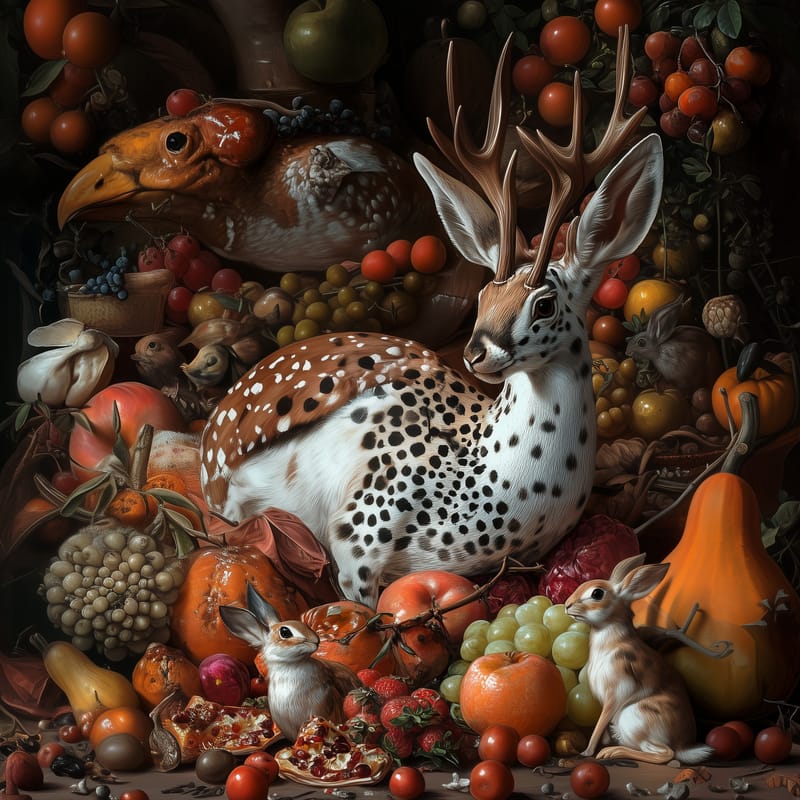
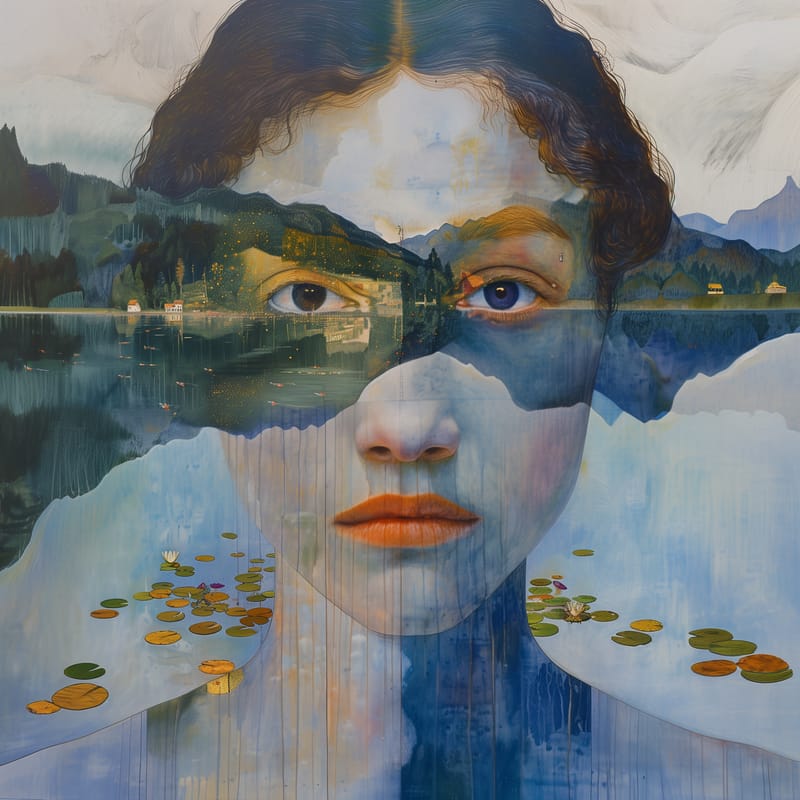
László Ördögh Diabolus
László Ördögh was born in 1951, graduated from Moholy-Nagy University of Applied Arts with a degree in Industrial Design, and furthered his education in the field of information technology. He is a designer-informatics specialist with decades of experience in the development of human simulation systems, expert systems and AI programs. He specializes in ergonomics, industrial design, virtual reality, computer graphics and procedural art (algorithm-based art creation). "I have spent a significant part of my life developing human simulation software for various purposes. It's a very exciting and multifaceted research and development topic. Programs simulating the physical and mental performance of humans have served people in the fields of technology, engineering, medicine, art, etc. for decades. For me, art is the simulation of the highest level mental modelling processes of the human brain. This line of thought is a direct continuation of Nicolas Schöffer's "creation de la creation". My definition of art also stems from this: art is the algorithm of humanity's mental survival strategy. Artificial intelligence has only two really dangerous opponents: natural stupidity, natural malice. Let's be glad that artificial stupidity has not yet been discovered, perhaps because there is an oversupply of natural stupidity."
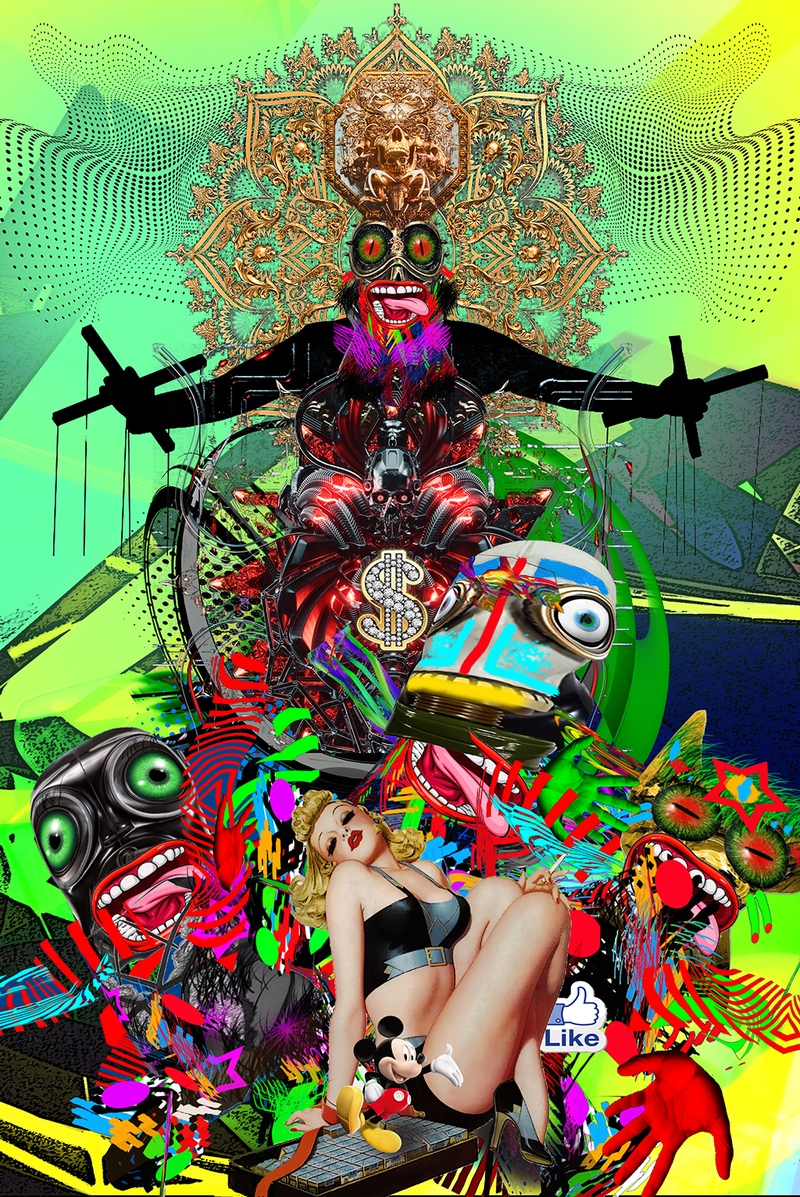
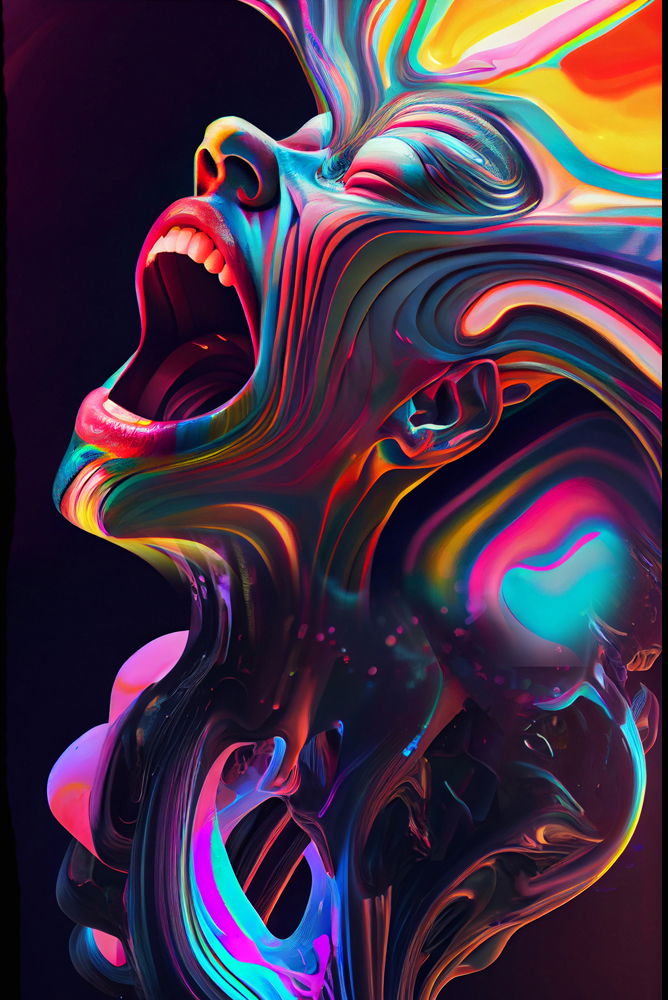

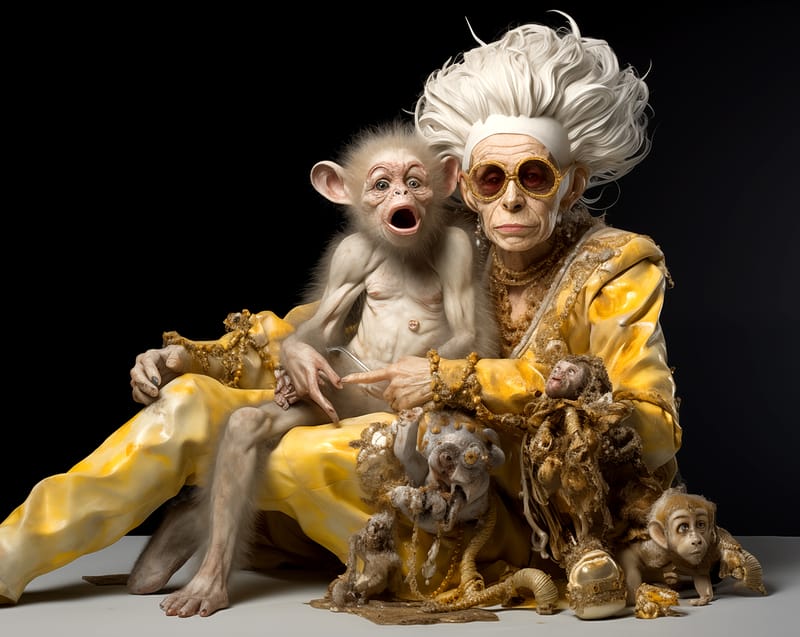
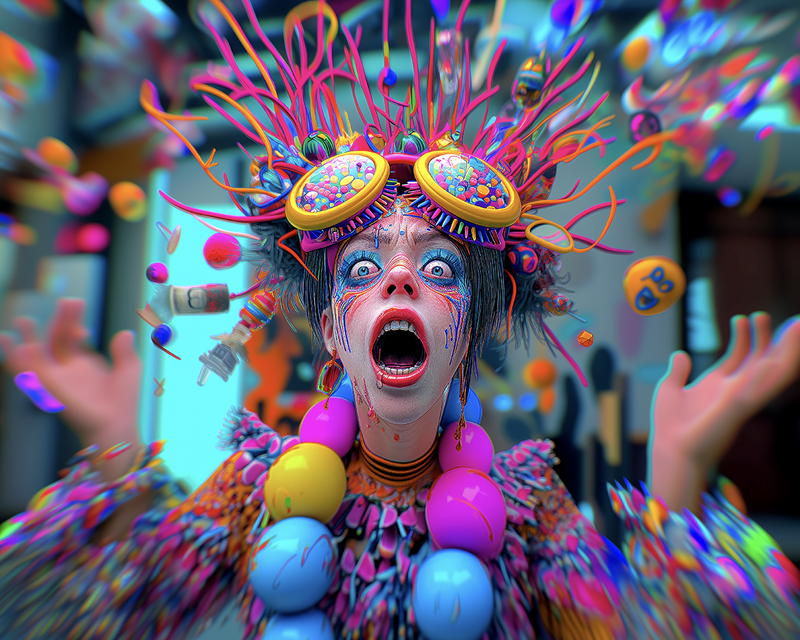
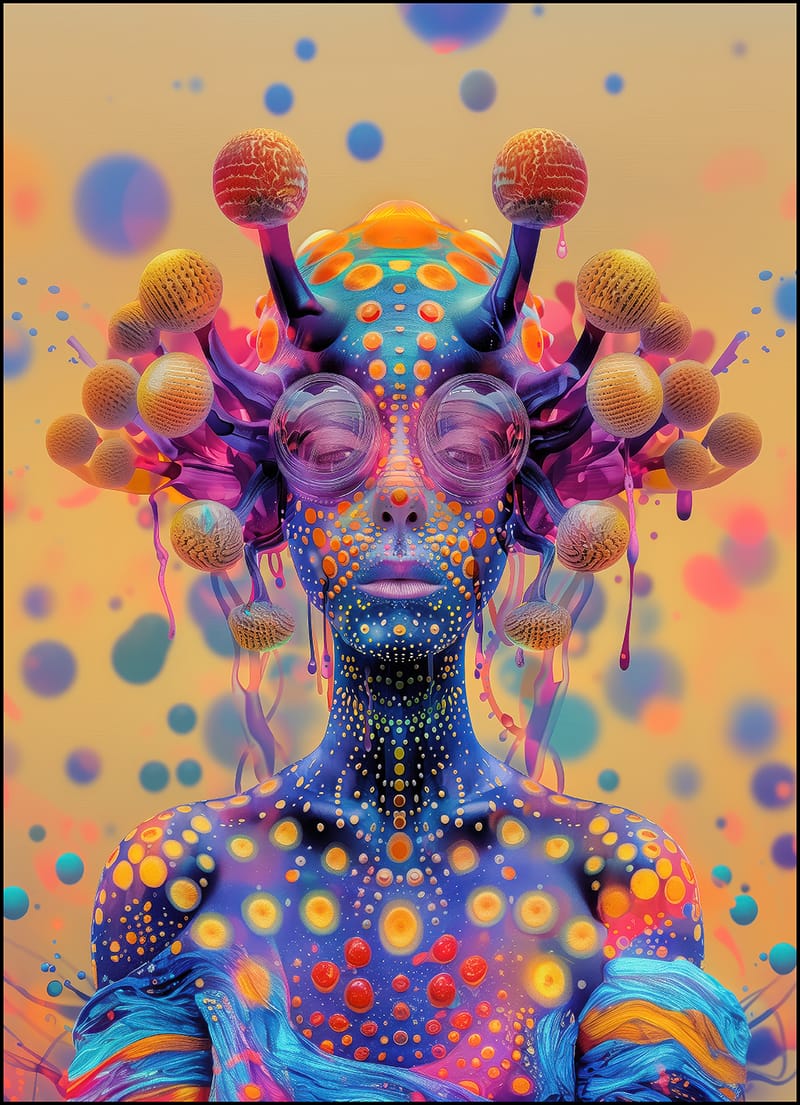
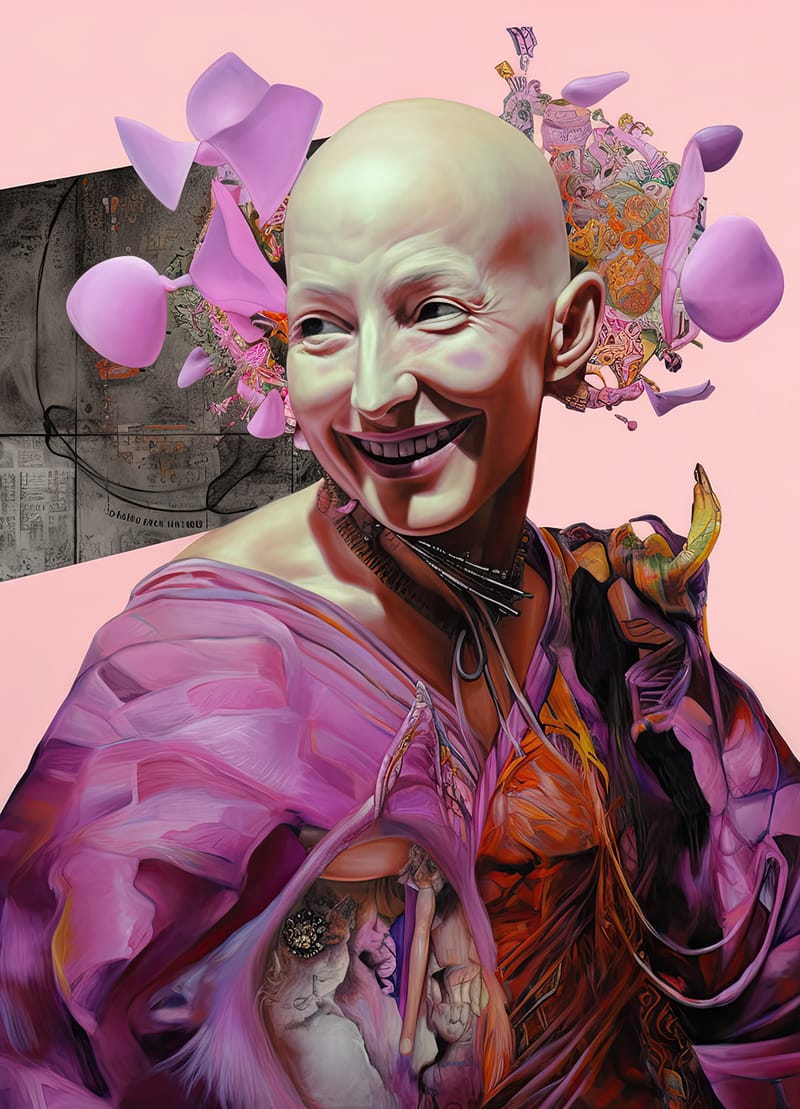
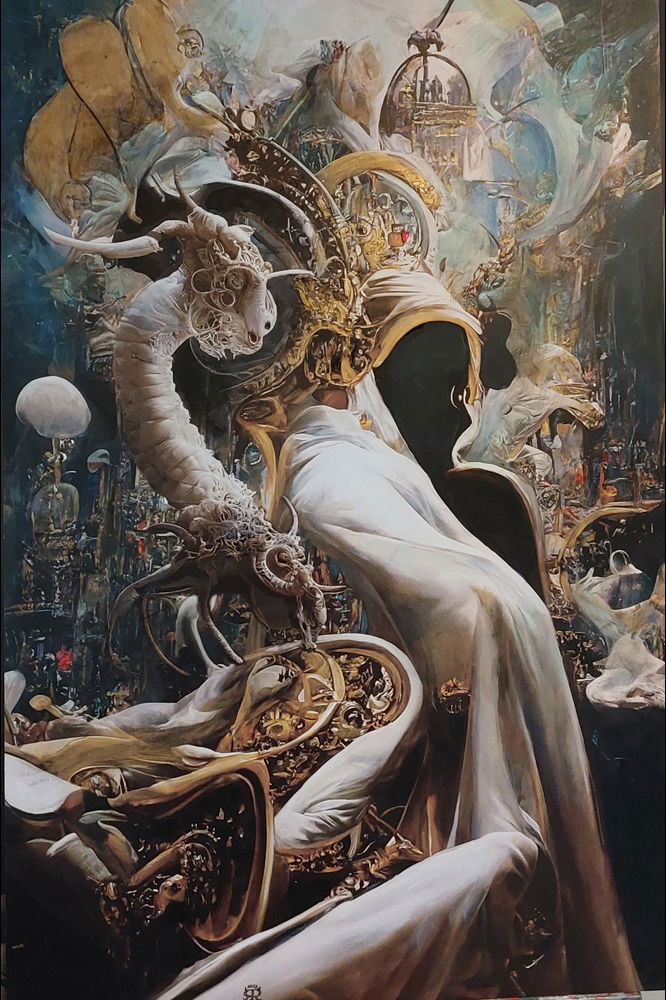
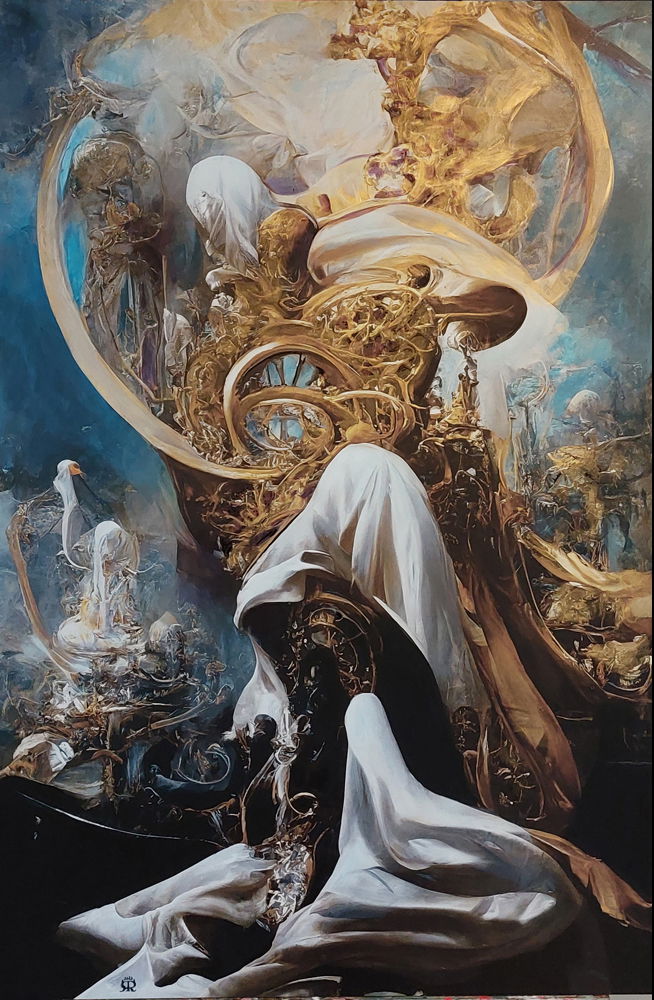
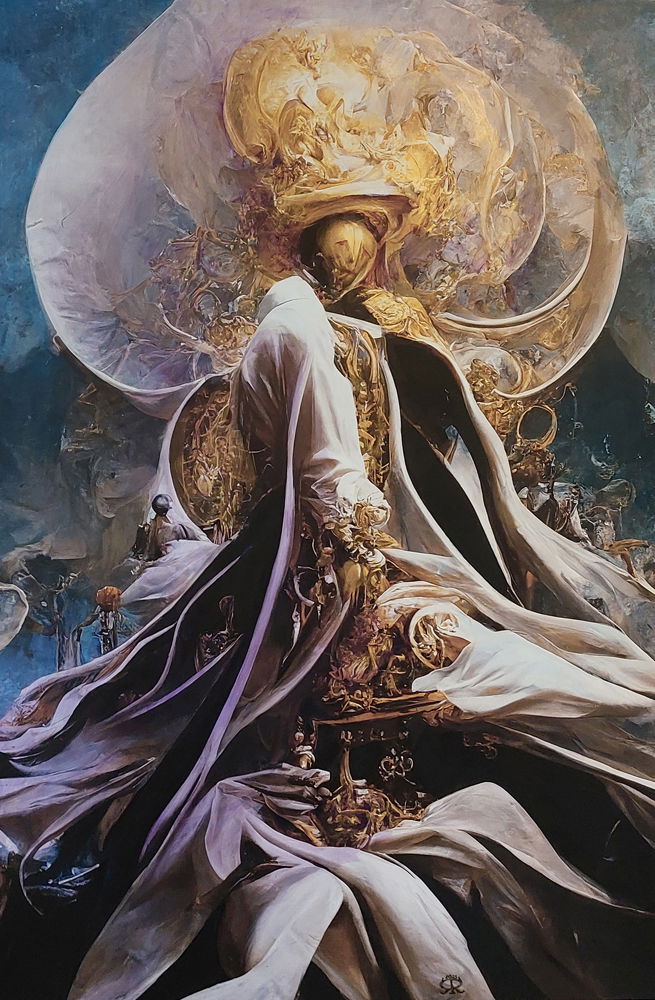
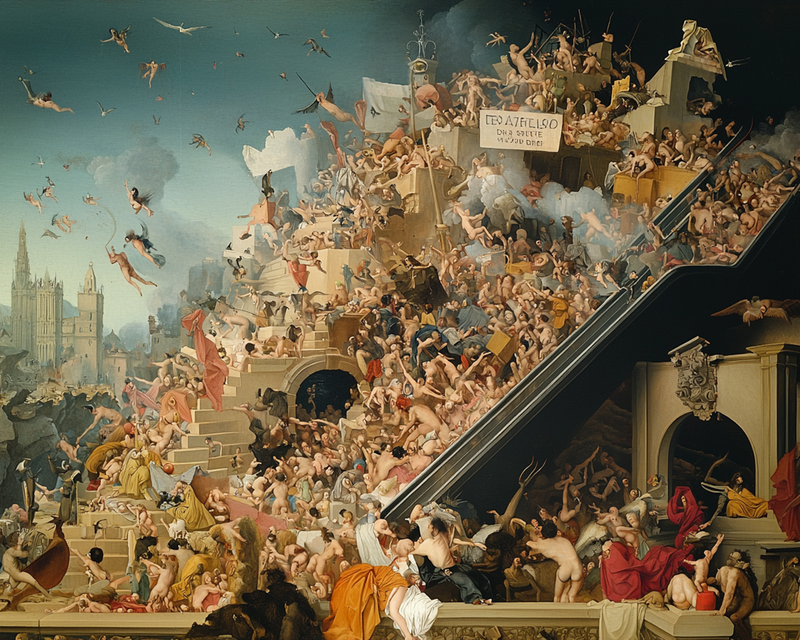
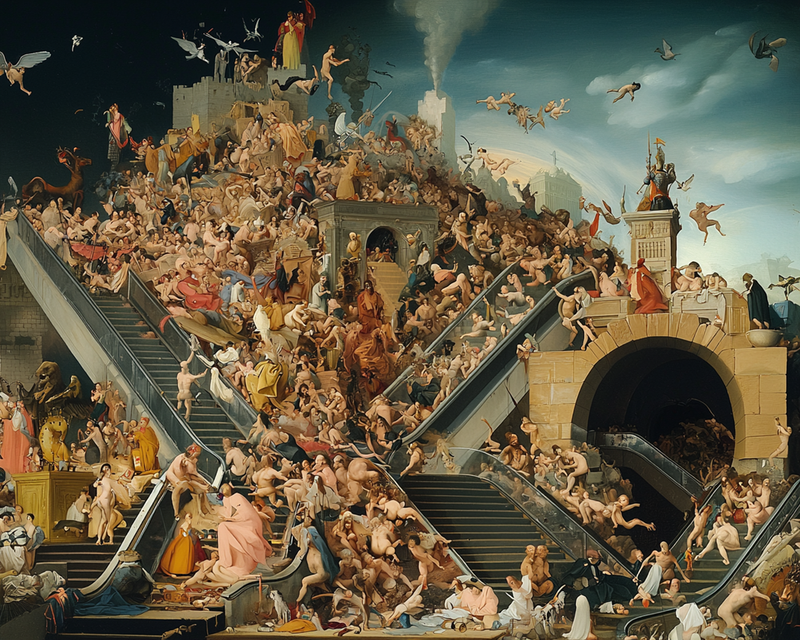
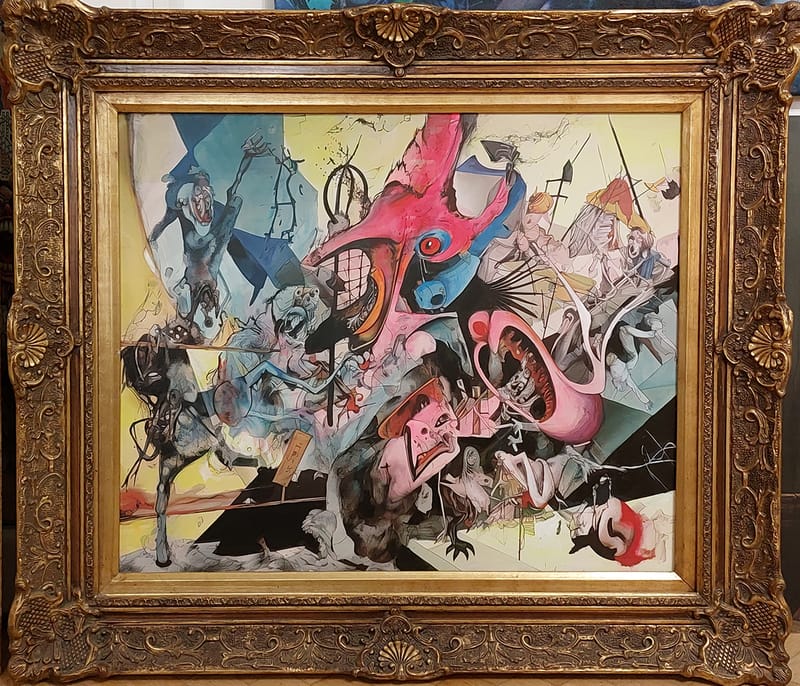
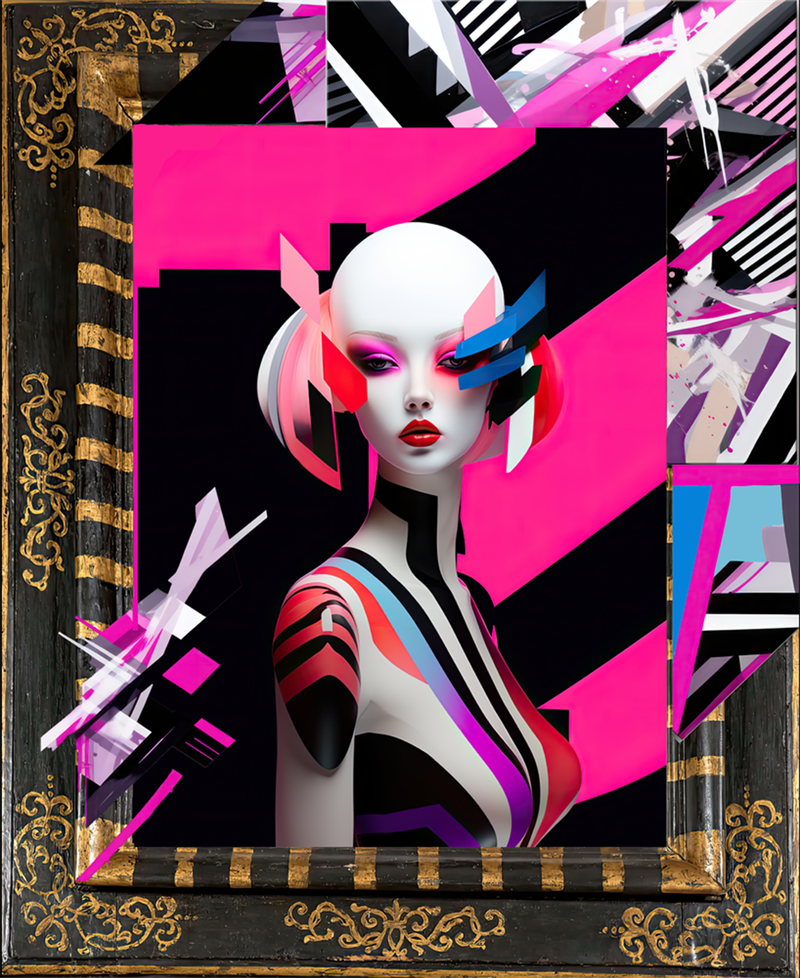
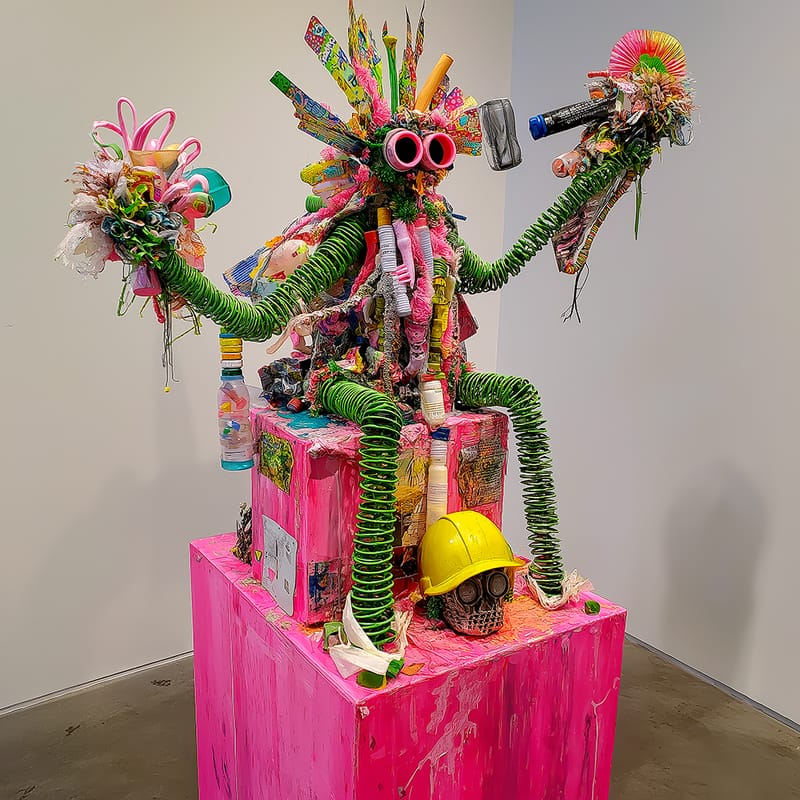
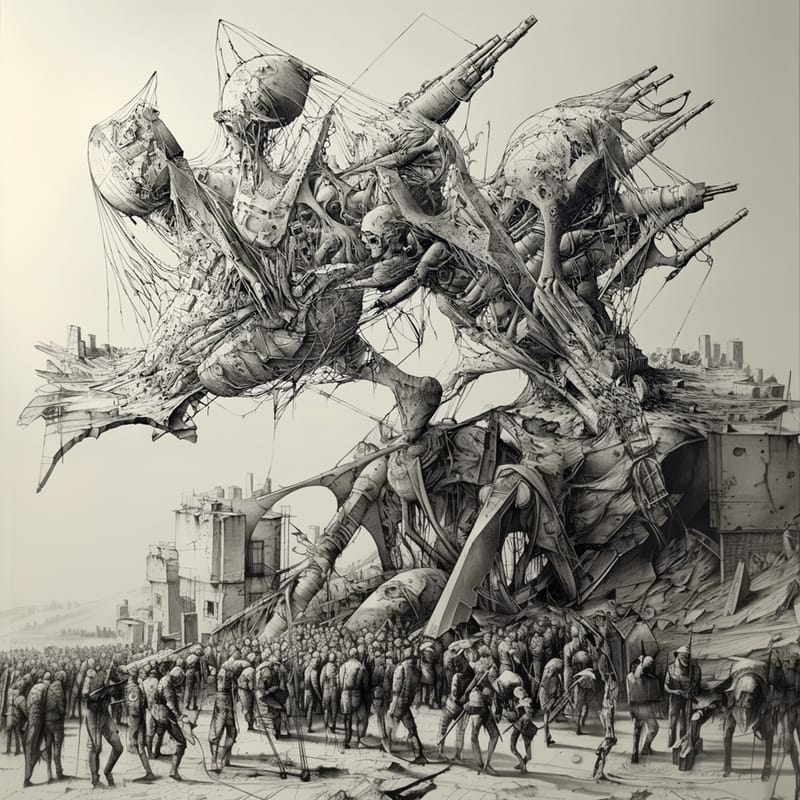
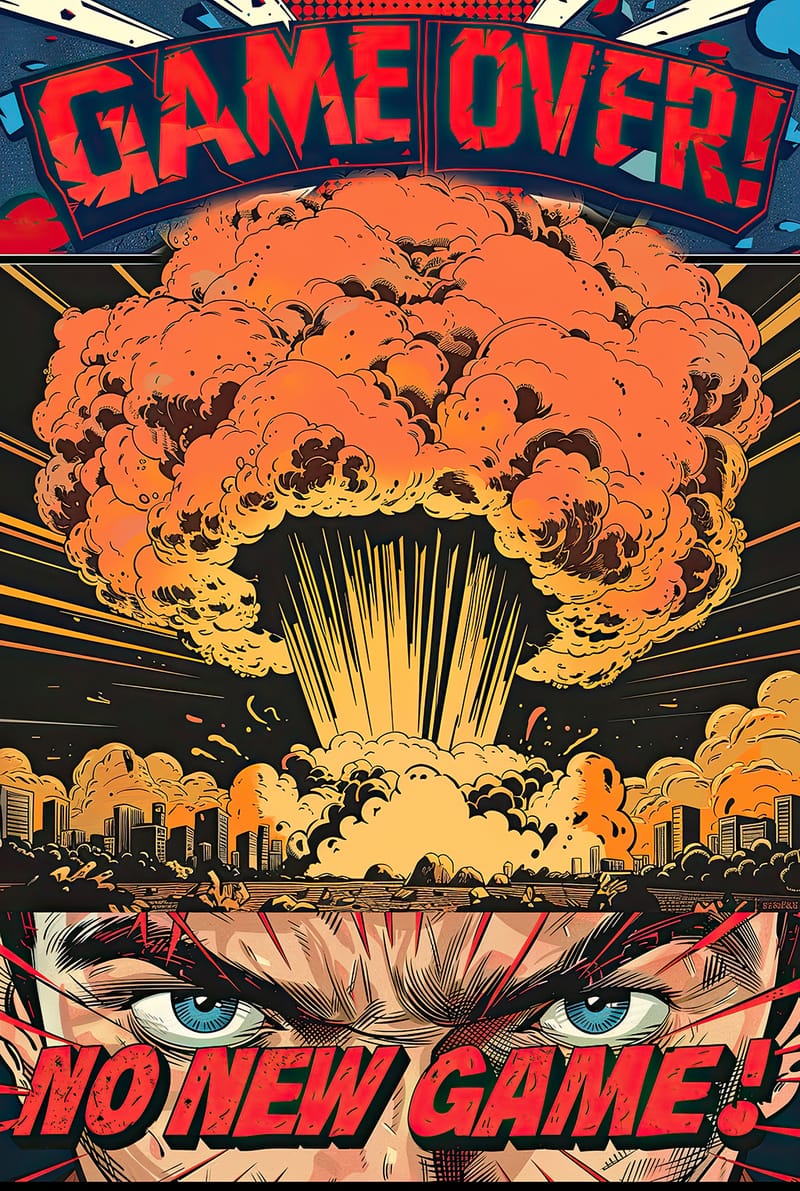
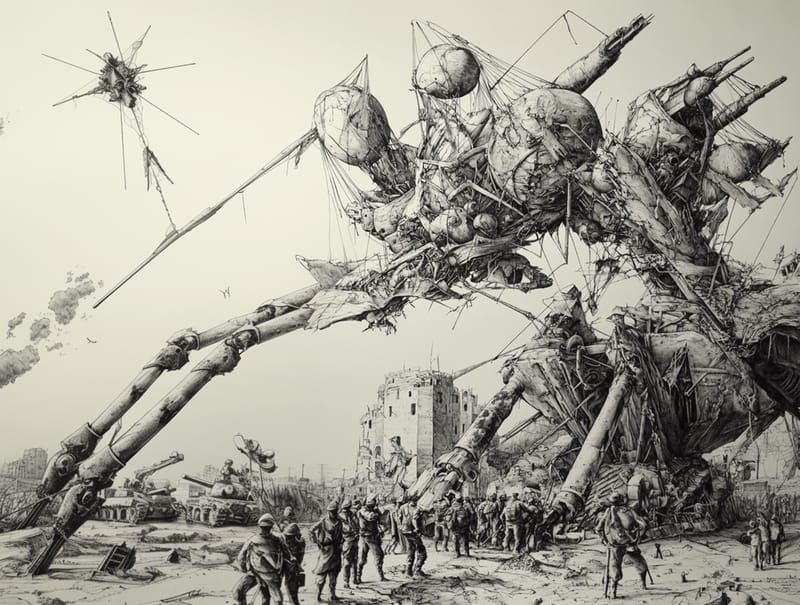
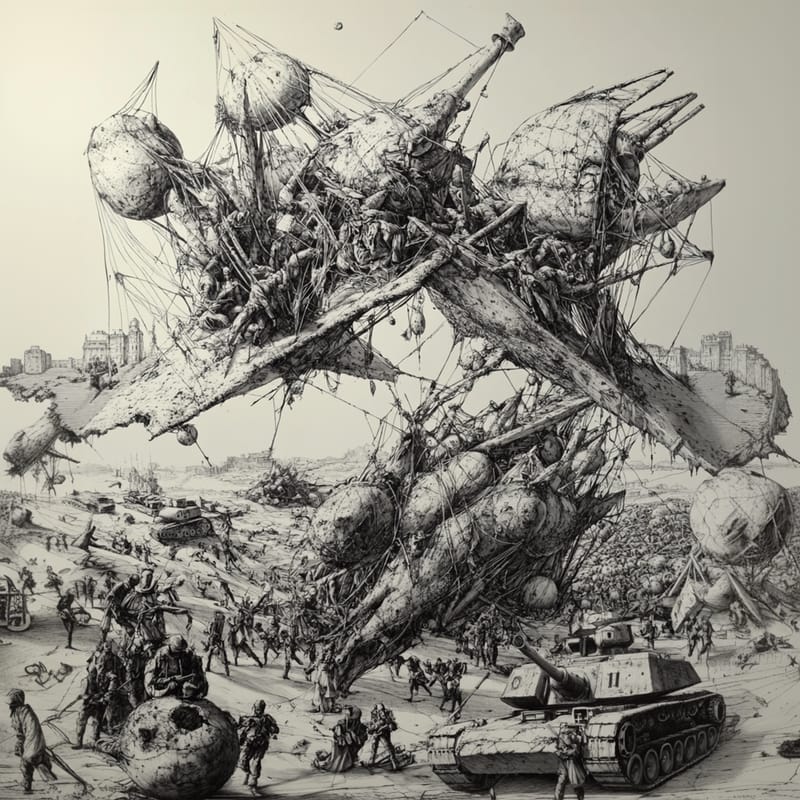

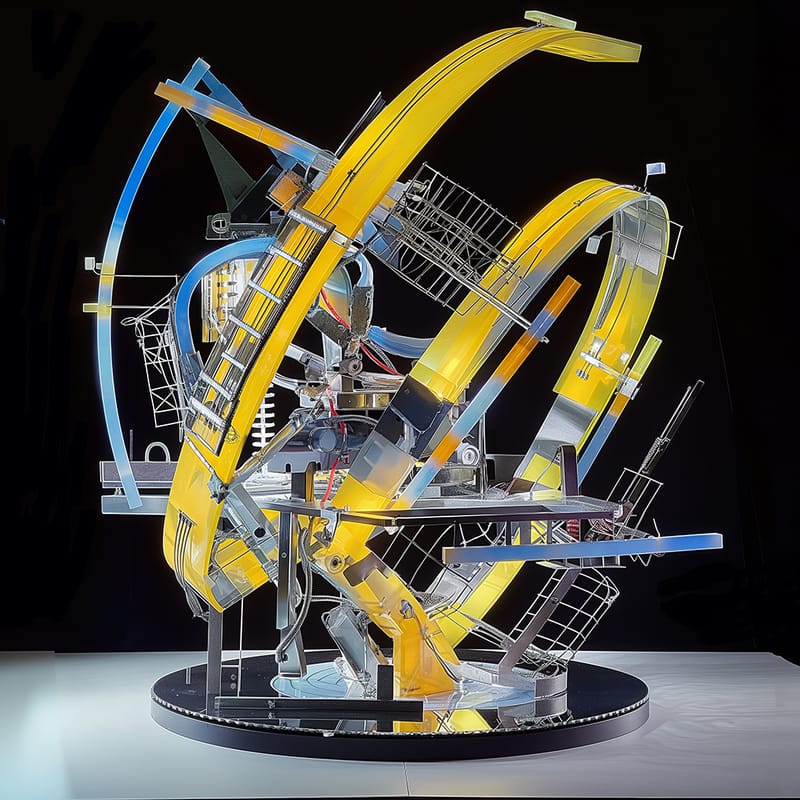
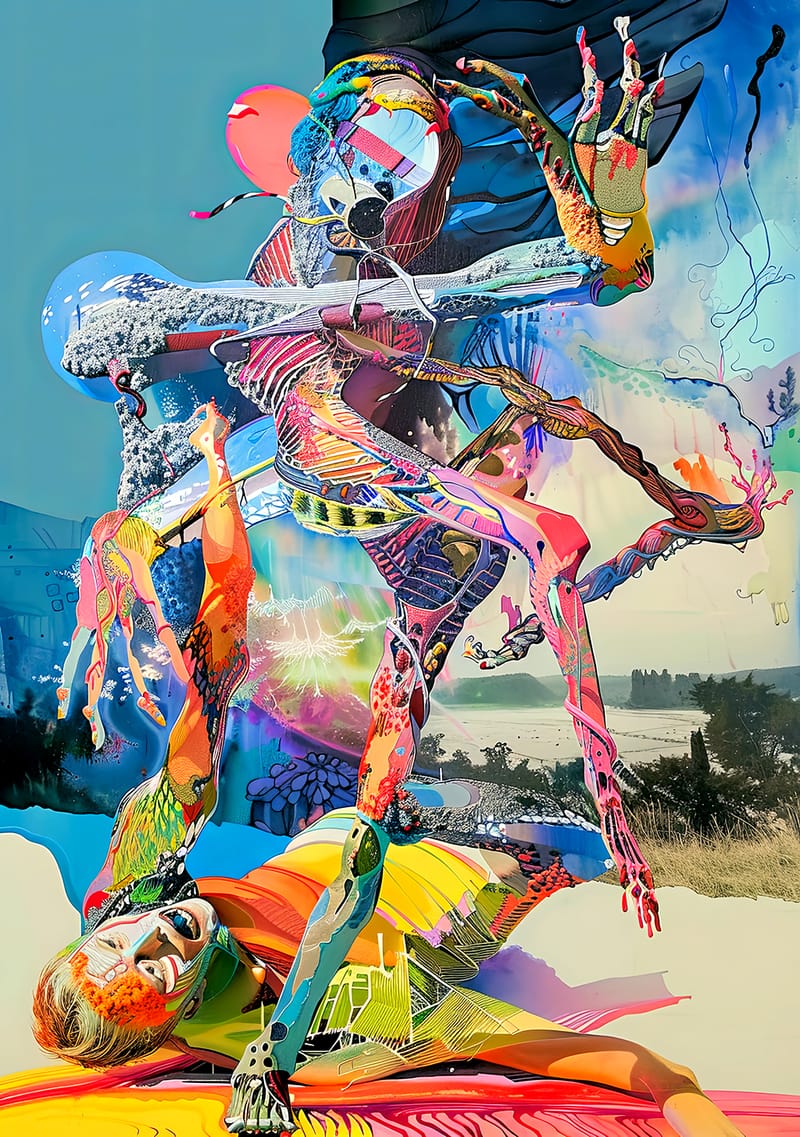
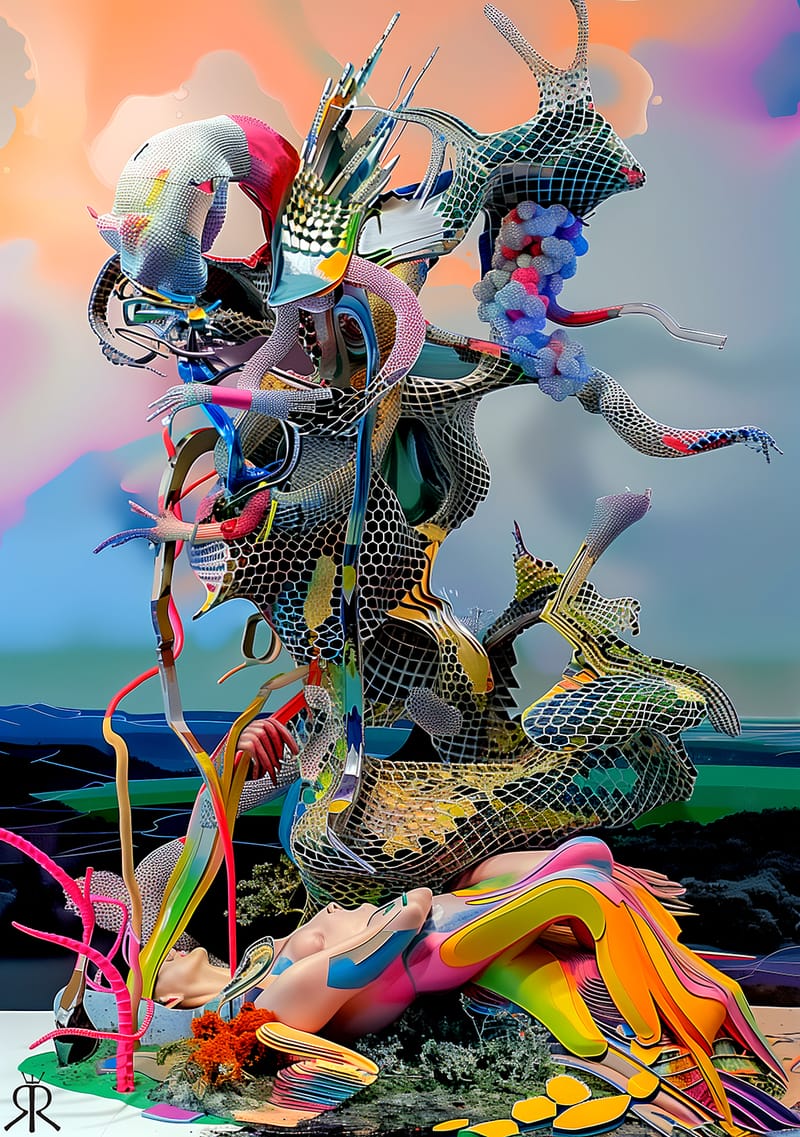
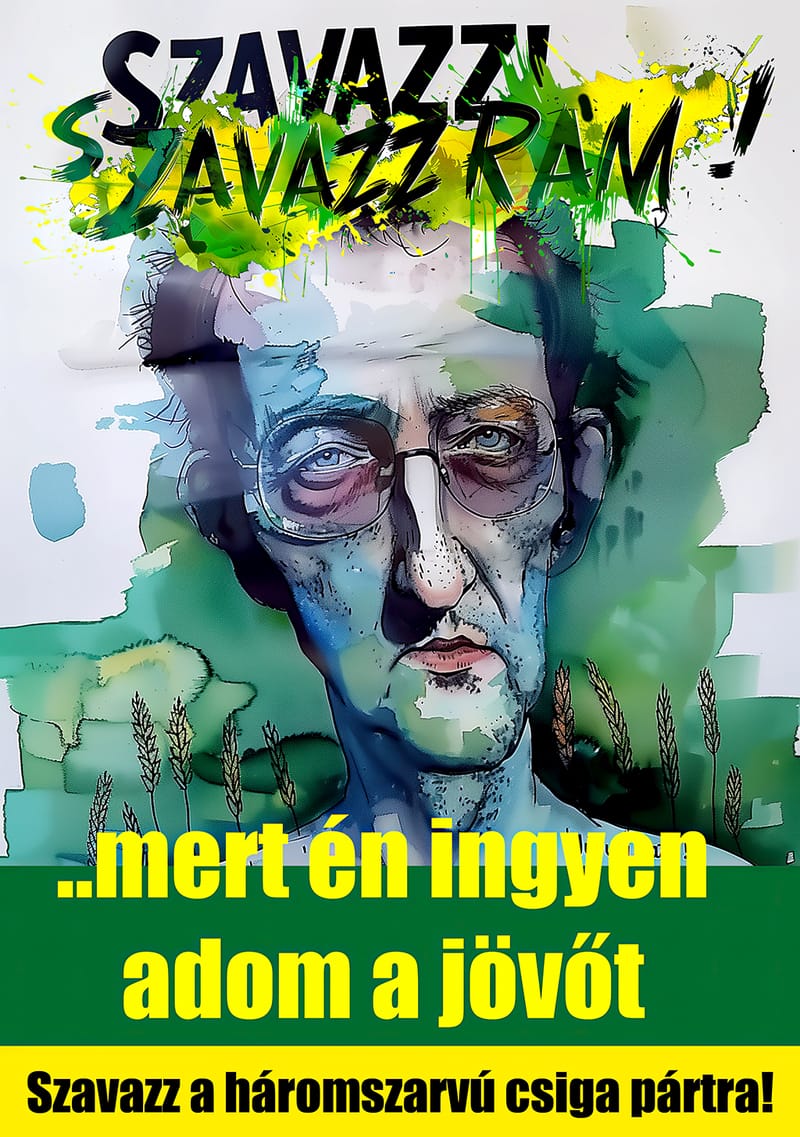
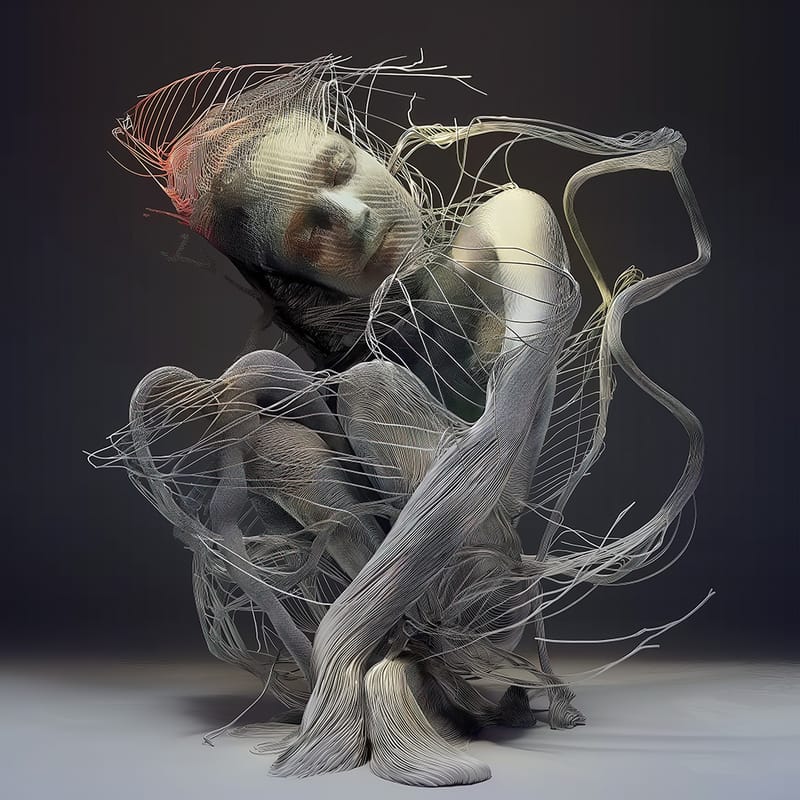
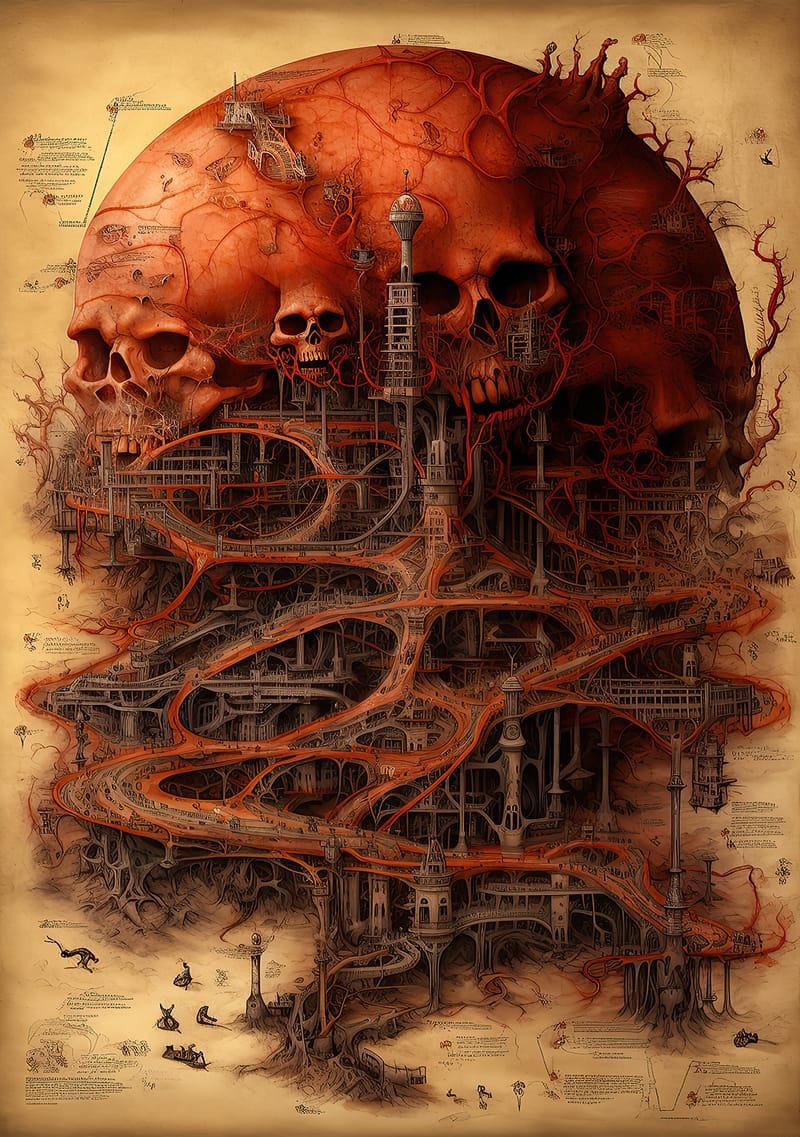
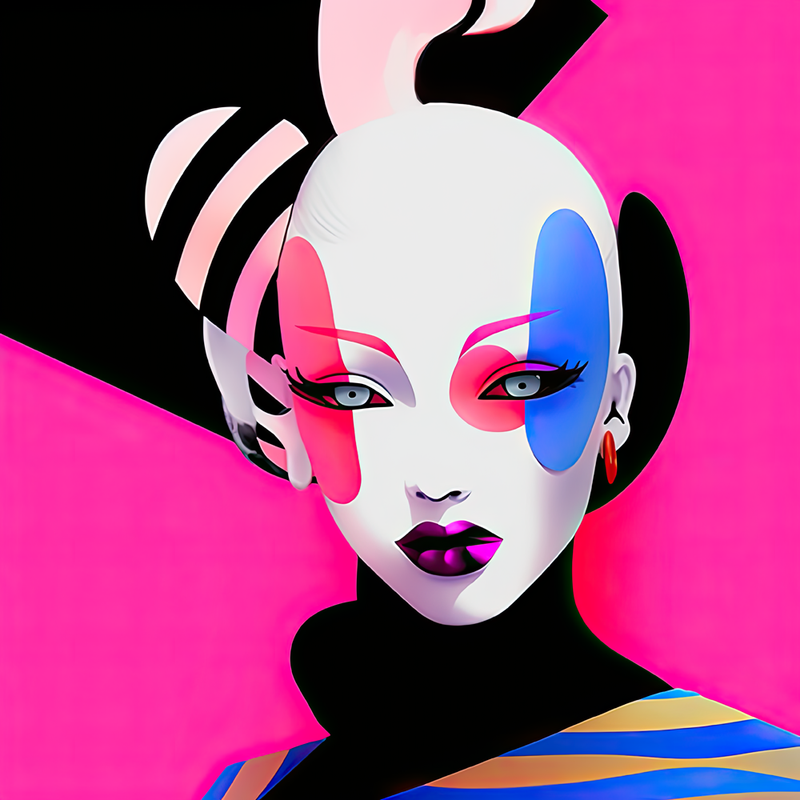
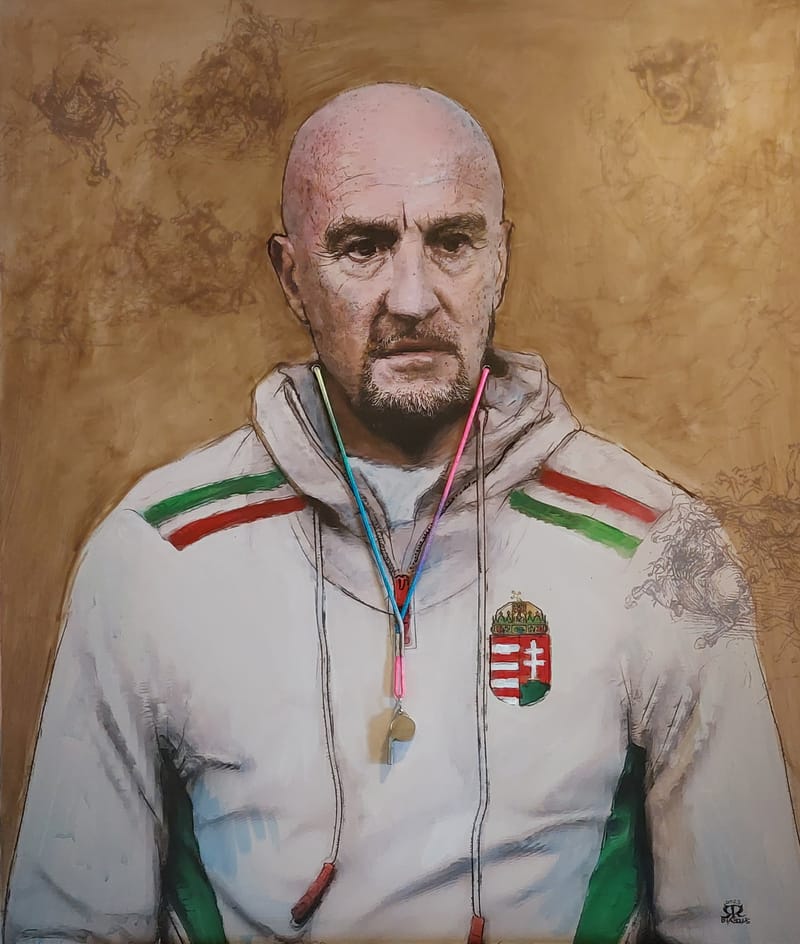
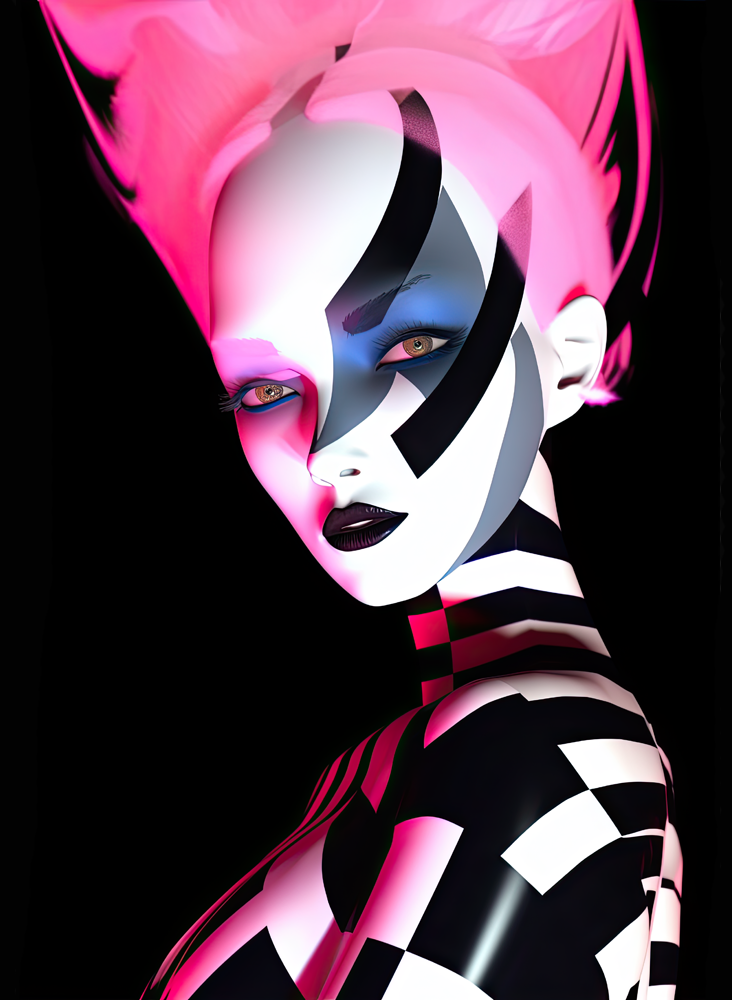
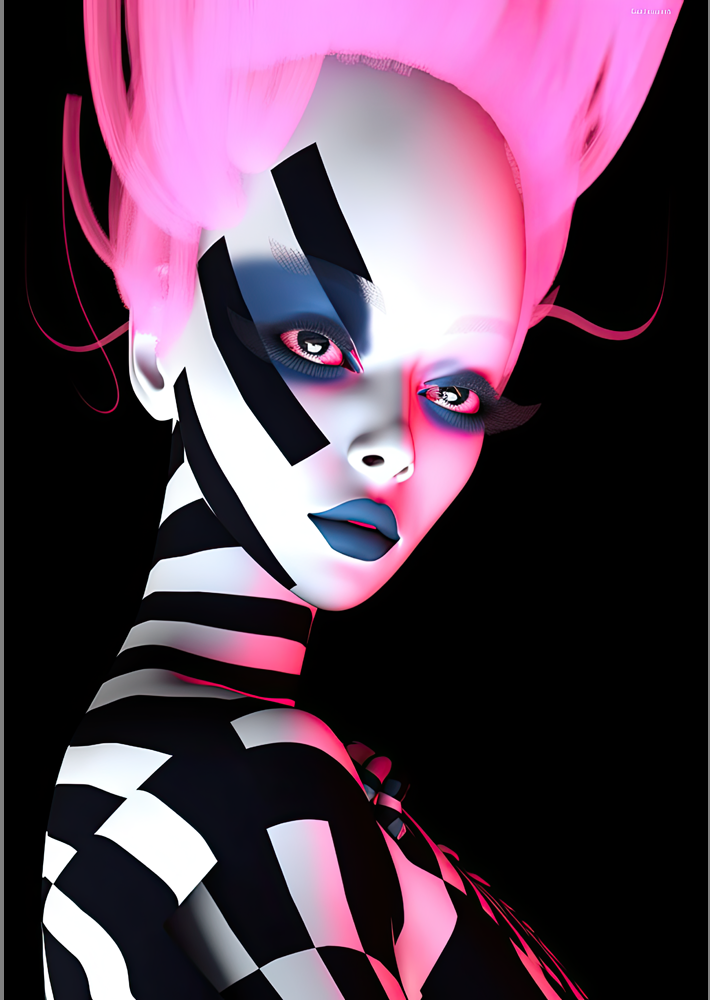
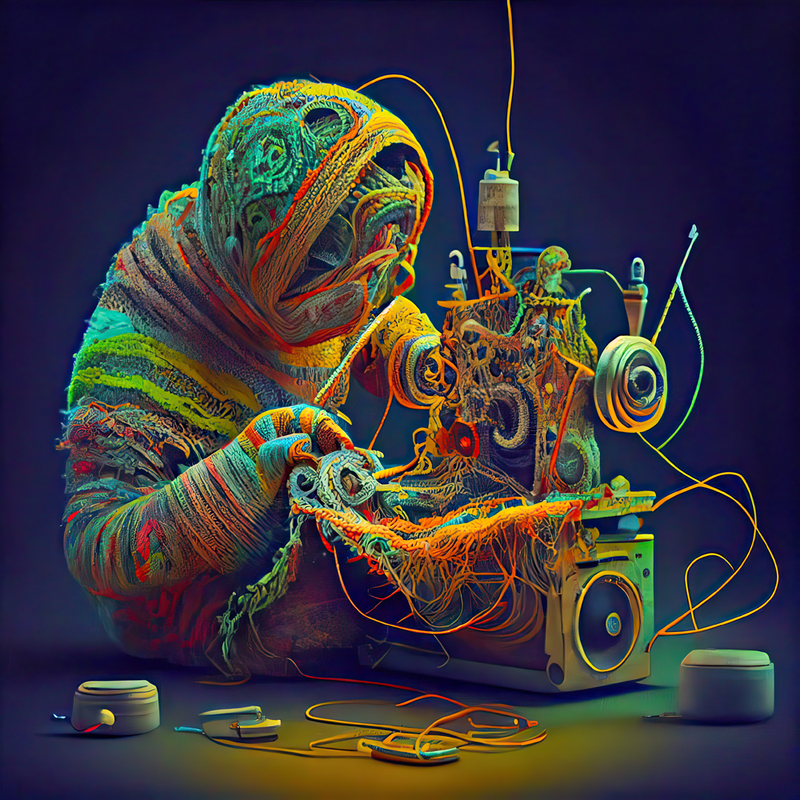
The exhibition views
